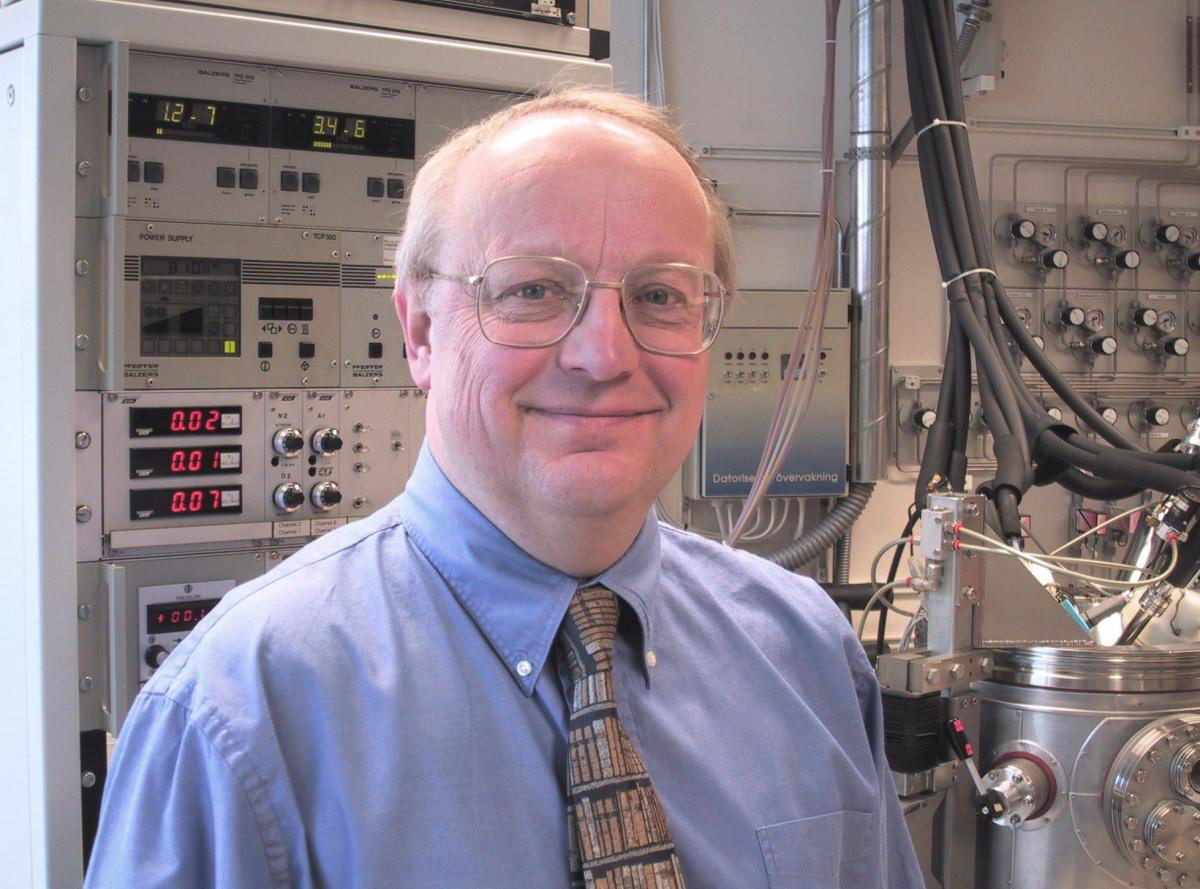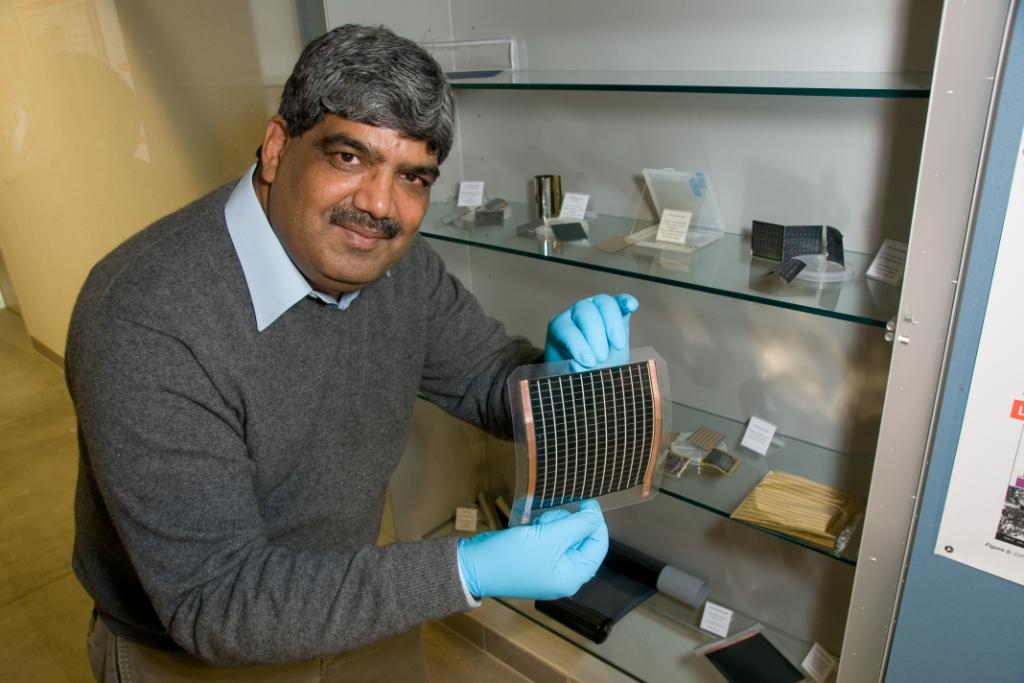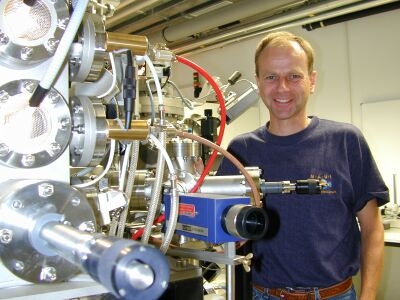Fall 15 - Plenary session
Friday, September 18, 2015 (9:00 - 12:15)
Program:
09:00 - Welcome Address - Rector of WUT
09:10 - Welcome Address - Thomas K. Lippert, President of E-MRS
09:20 - Welcome Address – Representative of the Local Authorities of the Capital City of Warsaw
09:30 - Plenary talk 1
 |
Clara de la Torre
|
|||||
09:40 - Laudation for Prof. Claes-Göran Granqvist 2015 Czochralski Award Laureate (given by R. Martins, President of E-MRS Senate)
09:50 - Presentation of the Jan Czochralski Award
10:00 - Plenary talk 2
 |
Claes-Göran Granqvist
|
In Harmony with the Environment: New Materials for Harnessing Nature’s Energy Flows
I first introduce a number of properties related to radiation in our natural surroundings. These properties include thermal radiation, solar irradiation, transparency of the atmosphere, and spectral sensitivity of the human eye and of photosynthesis in plants. The properties are characterized by three important features: spectral selectivity, angular dependence, and time variability. Based on these features, I discuss a number of materials and devices for absorbing and transmitting solar radiation and visible light, for using the clear sky to cool and collect dew, for achieving angular selectivity, and for creating thermochromic and electrochromic “smart” fenestration.
10:45 - Plenary talk 3
 |
Ayodhya Tiwari
|
Thin film polycrystalline solar cells for high performance and low cost photovoltaics
The presentation will first provide reasons - why thin film solar cells are interesting for low cost solar electricity and then explain how recent developments of very high efficiency polycrystalline thin film solar cells on glass, metal and plastic foils may enhance their competitive positioning- amongst mainstream photovoltaics and open numerous application related possibilities, especially for buildings. I would present some specific issues of materials and interface properties of different layers used in Cu(In,Ga)Se2, CdTe, Cu2ZnSn(Se,S)4, CH3NH3PbI3 solar cells. After reviewing the state of the art of solar module development I would explain - how careful investigations of hetero-junction device structure, optimization of deposition processes for desired optical and electronic properties and control of impurities have led to single junction solar cell efficiency up to 21.7%. Finally, I would present roadmaps towards 25% efficiency single junction and >30% efficiency multi-junction (tandem) solar cells highlighting key challenges in those highly efficient advance photovoltaic devices based on polycrystalline thin films.
11:30 - Plenary talk 4
 |
Jochen Mannhart
|
A New Frontier for Nano-Materials
The phase space of electronic materials has been rapidly expanding, arguably starting with germanium in the 1940s, to now include graphene and related 2D materials, topological insulators, artificial 2D electron systems in complex oxides, and cold atoms, to give a few examples.
In this presentation I will discuss the potential of nano-materials to create novel and possibly useful electron systems, and will indicate a new frontier for future nanoscale electron systems.
12:15 - End of the session
